Christmas trees are one of my favorite parts of the winter holiday season. They are beautiful, festive, and give me all of the cozy nostalgic feelings. I think all Christmas trees are pretty – themed, undecorated, flocked, fancy and opulent, understated, and all the rest – but my absolute favorite is the type of tree I grew up with, and now create on my own.
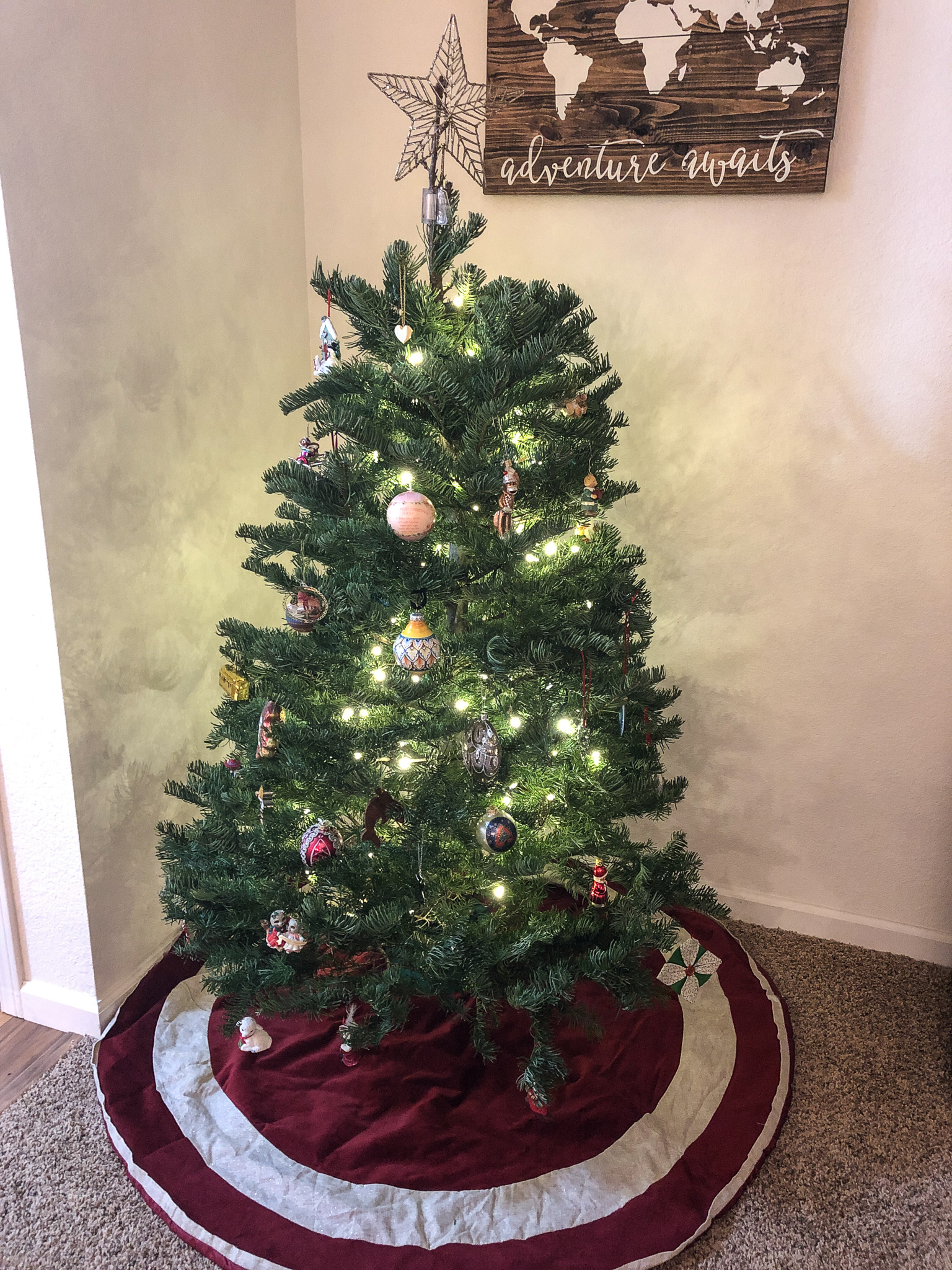
My perfect tree
Growing up, my parents and grandparents each gave me an ornament every year. The ornaments were sometimes from the Hallmark collection or based on what I liked, but often they were from a trip that they or my whole family had gone on that year. In my early 20s, I started getting myself ornaments from the trips I went on as well. With those and a handful or ornaments from other family and friends, I have a pretty great collection at this point.
When I set up my tree, I pull out my ornaments, turn on the music my family always listened to while decorating the tree, and promptly fall into a puddle of memories. For me, it’s an opportunity to reminisce. To think back on all the times my family decorated together, along with the memories attached to each ornament. I place a yellow pottery ornament on the tree and am transported to Italy. A carved wooden boat takes me back to Senegal. A red clay ornament makes me think of childhood road trips with my grandparents.
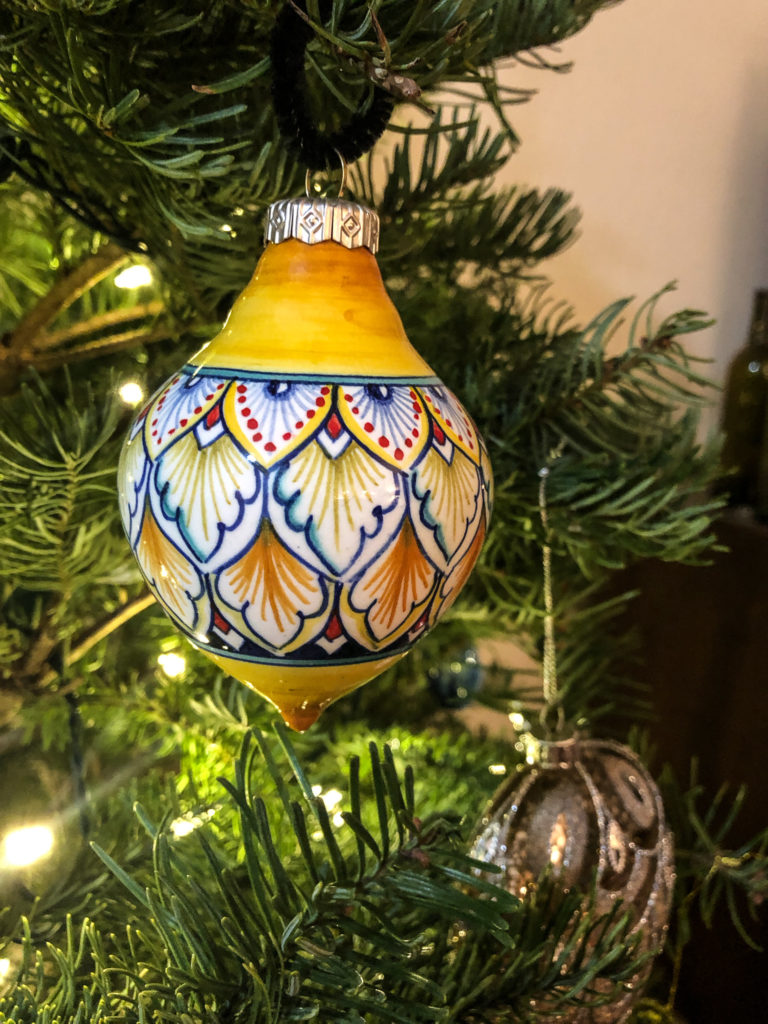
Every single one has meaning and memory.
Because of this, Christmas trees hold so much value for me. And on top of all the sentimentality, real trees are an agricultural commodity with interesting growing and harvesting practices. If you are like me and have a lot of attachment to trees, read on for some information about how they end up in our living rooms.
The US Christmas Tree Industry
Every state grows and cuts at least a few trees (even Hawaii), but more than half the real Christmas trees each year come from just two states. In 2017, the most recent year there was a US Census of Ag, the US cut 15.1 million trees. Of those, 4.7 million came from Oregon and 4 million came from North Carolina.
Those 15.1 million trees were sold for about 386 million dollars in total. That comes out to about $25 per tree, paid to the farmer. The tree lots are charging about double that, depending on where in the country you buy your tree.
Christmas Trees are a labor of love
My tree connection
My mom’s cousins have a Christmas tree farm (they also farm some other crops) here in Oregon – Stroda Brothers Farm. They have been farming trees for about 35 years. Their farm is mostly wholesale, which means they grow trees to sell to a middleman who will then sell them at tree lots. The majority of their trees end up at tree lots in the California Bay Area and Los Angeles.
Every tree farm is going to operate a little bit differently, depending on size, geography, weather conditions, regulations, and many other factors. I was able to go to watch some of the harvest process and talk to Kirk, my mom’s cousin, about their operation. Most of what I share of how the growing and harvesting process works is going to be based on how they do it. But know that there are variations as well.
If you want to see some of that harvest process, there’s a video on my Facebook and Instagram (where I’m sharing other Christmas tree info this week as well).
Growing Christmas Trees
Christmas trees are planted yearly so that every year there are trees available for harvest at different sizes. On average, depending on tree health and species and variety of other factors, it takes a tree 8-9 years to reach 7 feet tall. The shortest trees that the Stroda family cut are 3-4 feet tall and take about 5 years to grow.
For the most part, the trees are left alone during the first couple years of growth. Depending on the farm, there might be some fertilizer and pest control done. Each year, starting at about 3, crews will go through the trees with machetes or clippers and groom the tree into the traditional cone shape. If left ungroomed, they look like something out of a Dr. Seuss book.
Harvest
Again, each farm is going to be slightly different, so I’m going to cover the process the Strodas use.
Each summer, they will go through the trees and put a tag on the ones they want to harvest that year. They will choose trees that are healthy, shaped well, and meet the size requirements they need to fill. The Stroda family cuts about 20,000 trees each year.
The actual harvesting will begin in mid November so that trees can be on the sale lots around Thanksgiving. Crews go through the trees and use a chain saw to cut down those with tags. Sometimes they are hauled to the processing location by truck, sometimes by helicopter (which is shown in the video I linked). The same helicopter pilot has flown for Strodas for years and he will haul about 1,000 trees per hour. It’s fascinating to watch!
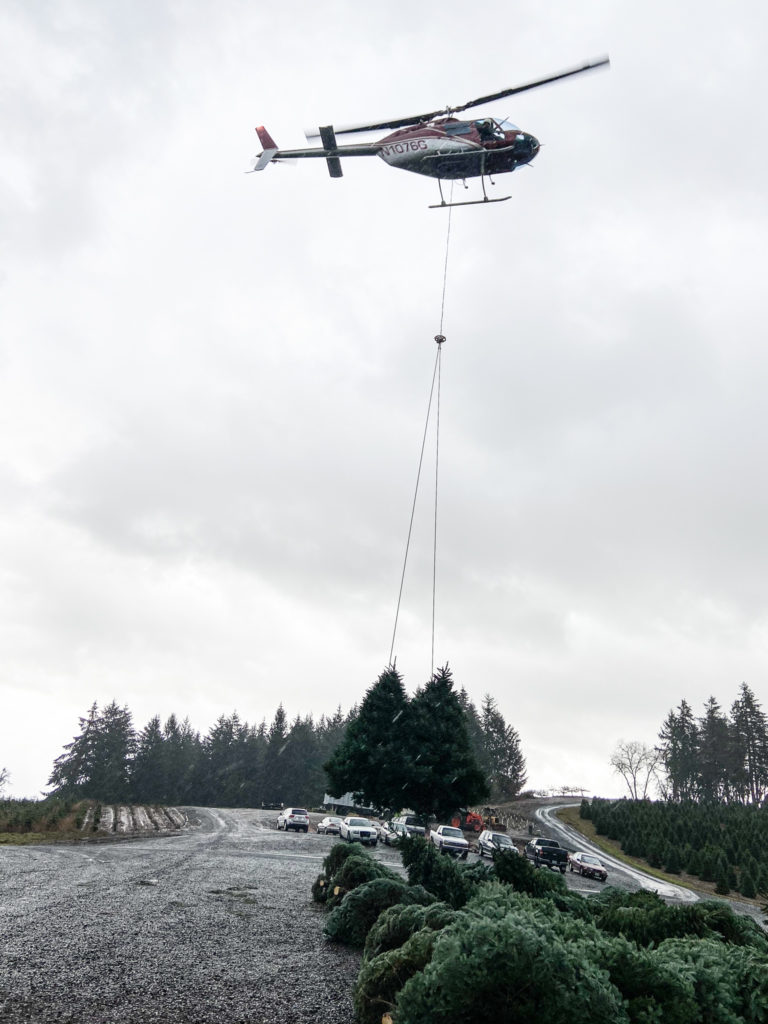
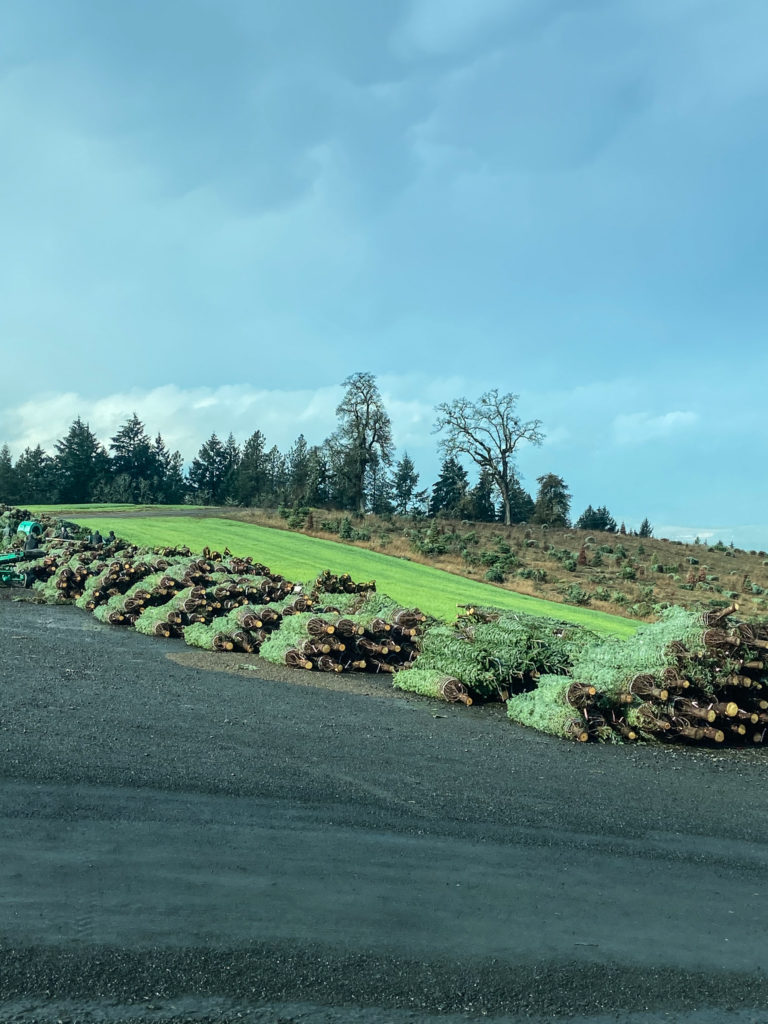
Prepping for Sale
Before the trees head to the tree lots, they have a little bit of work done. Often they are shaken to remove loose needles and other debris. Then they are put through a baler and wrapped in netting to keep them compact and safe on the way to the lot. They are also tagged to indicate their height. After that, trucks will come to take the trees to their final destination where they will be picked out and taken to their new homes.
Caring for the land
The Stroda Christmas tree farm is located on rolling hillsides. To keep the soil healthy and intact, a cover crop is grown for a year or two before trees are replanted, once an area is harvested. Cover crops add nutrients back to the soil and act as erosion control. Once the land has that break, new trees will be planted and the cycle will be repeated.
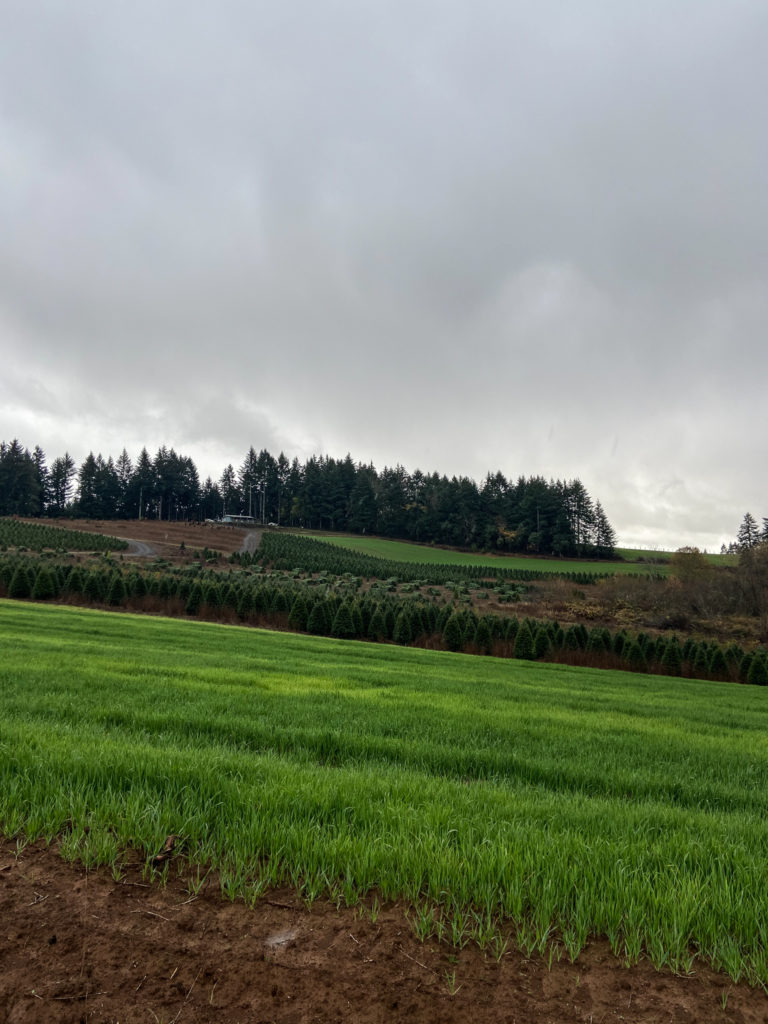
Feel Good About Your Tree
Obviously I have lots of good feelings about Christmas trees from a sentimental standpoint, as do many others. But there are other reasons to feel good about putting up a real Christmas tree. When you purchase a real Christmas tree, you are supporting one of the more than 10,000 Christmas tree farms in the United States, real trees have a lower carbon footprint, and can be recycled into mulches or used in ways that give them a second life.
I understand that some people need to use artificial trees because of allergies or other constraints. But when feasible, real trees really are the way to go.
I hope that whatever tree you choose this year (if you’ll be choosing one at all), it brings you all the wonderful festive feelings. Do you have favorite traditions with your tree? Let me know in the comments.
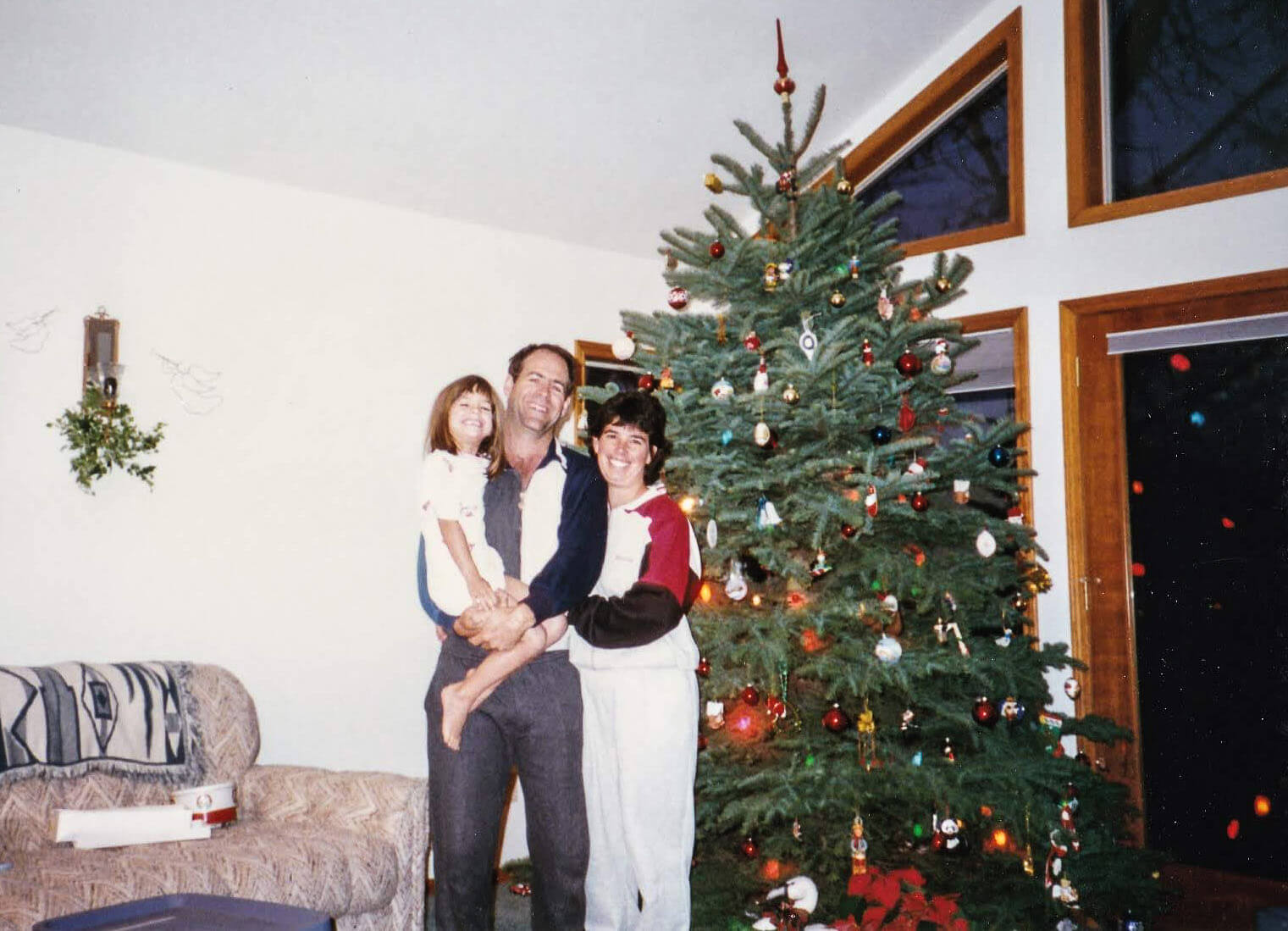
You continue to read my mind, I just went to a Christmas tree farm and asked I wonder how long it takes for these trees to get to maturity? You’re terrific. Real trees are one of my favorite parts of the holiday season. Along with whiskey and eggnog. We go to the same place every year to pick one out.
It makes me so sad to have Christmas tree allergies. Great article.